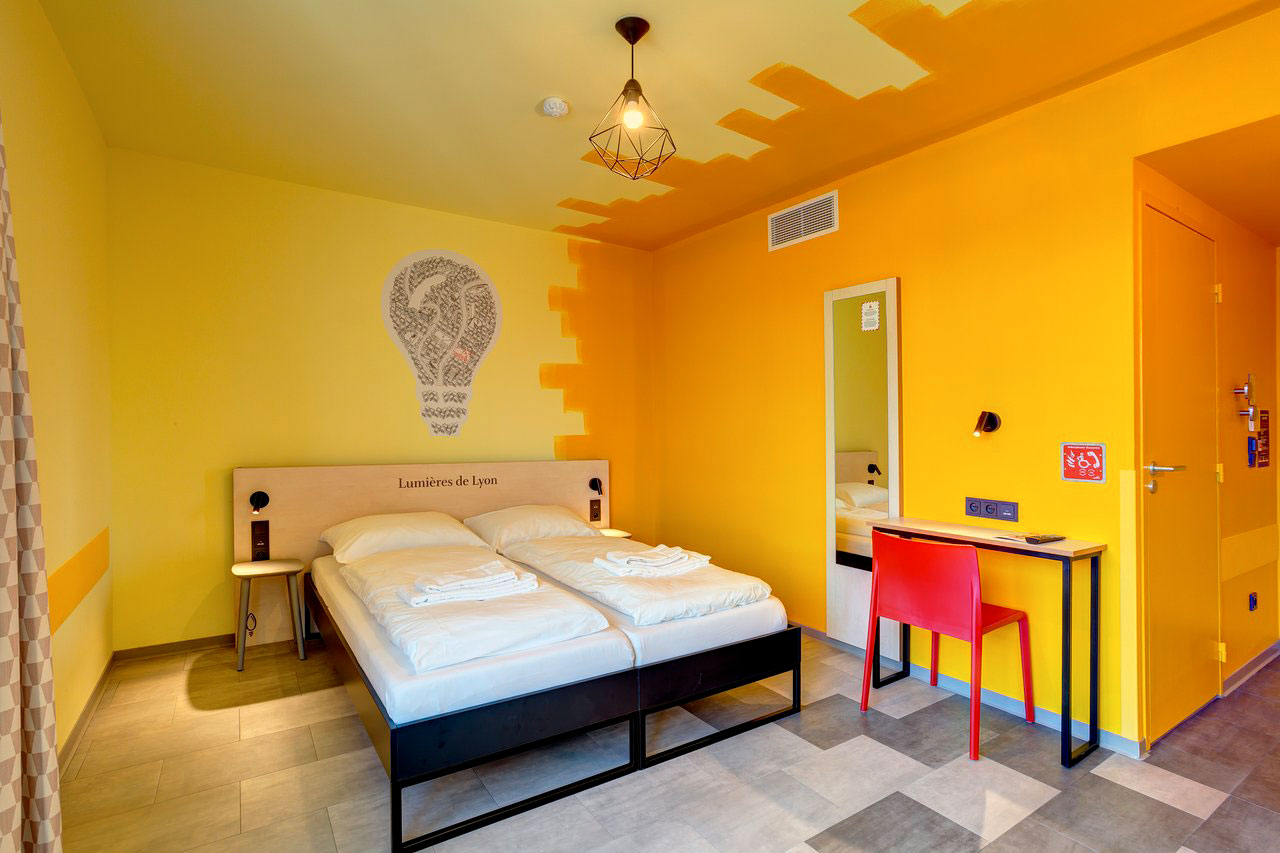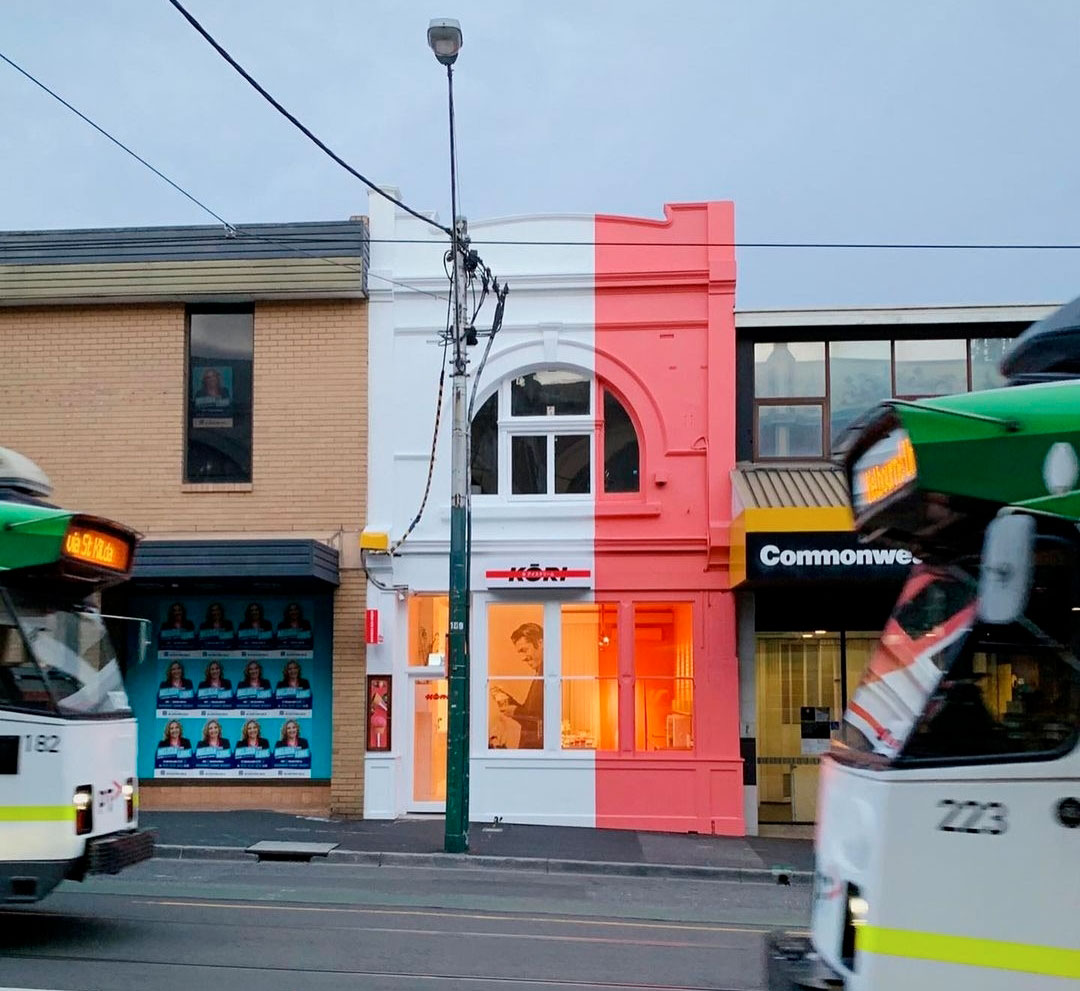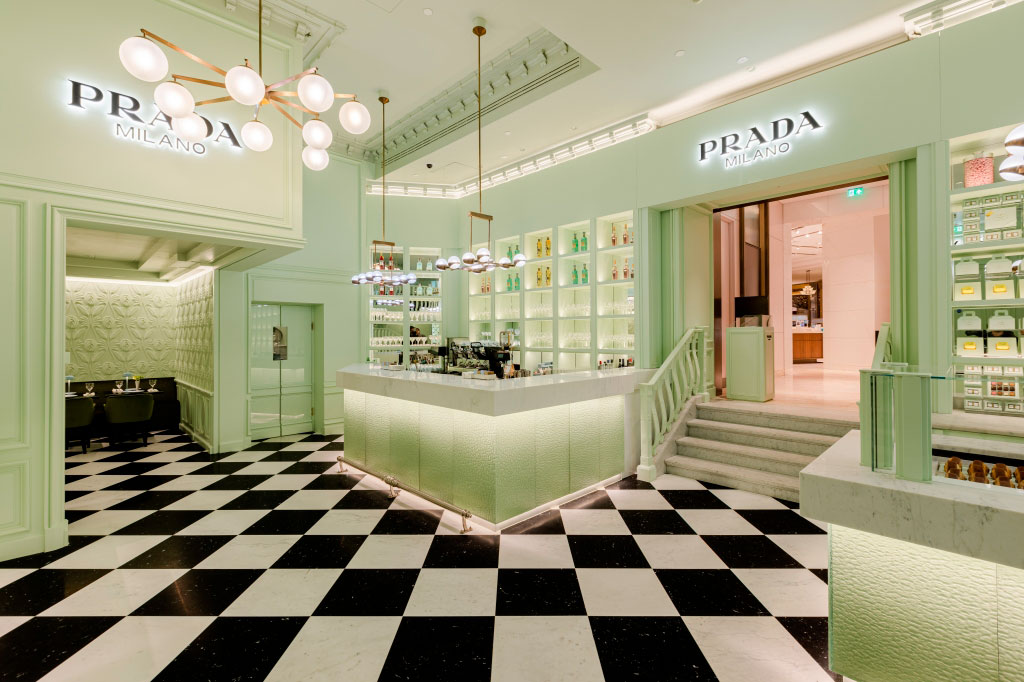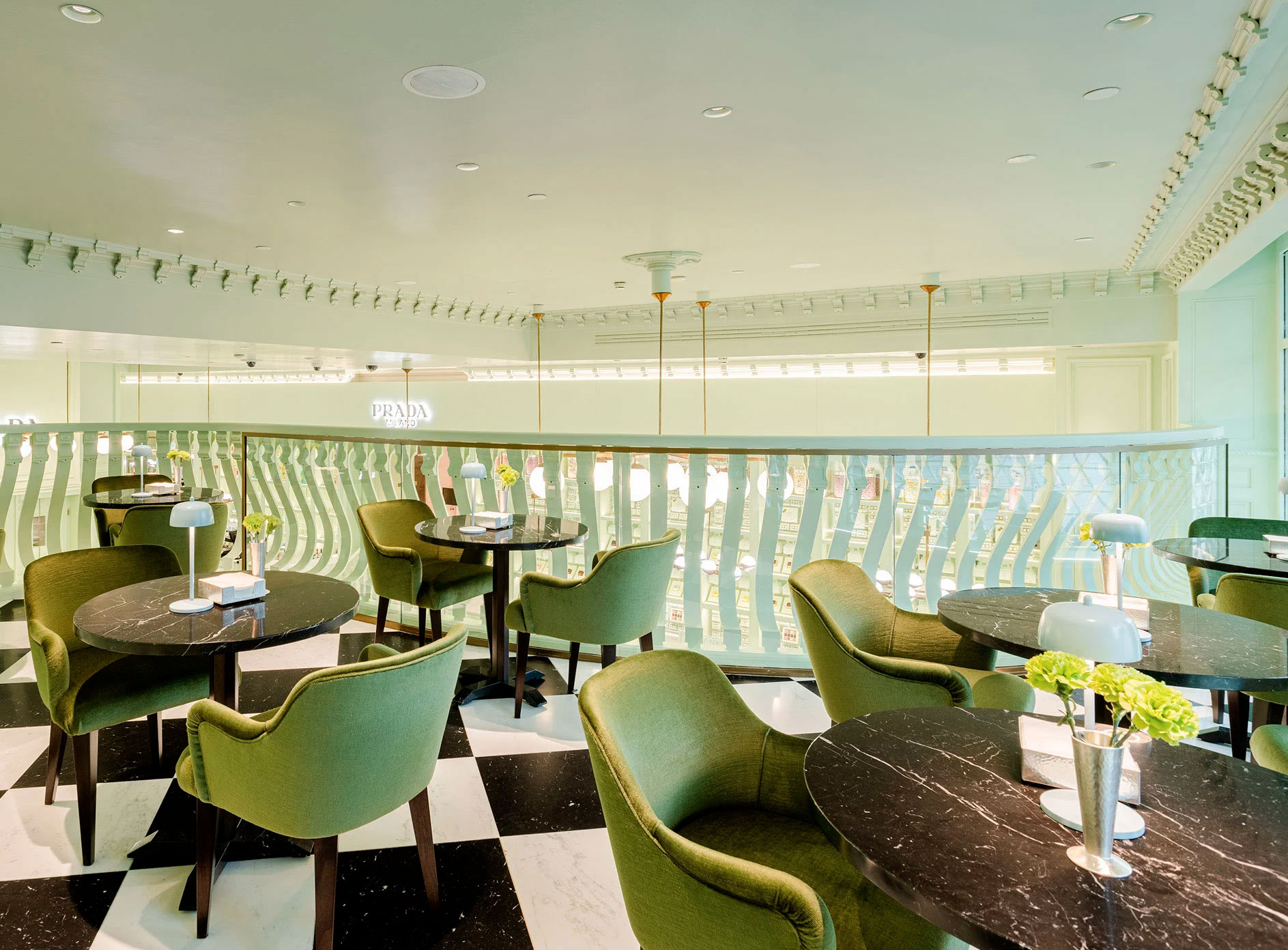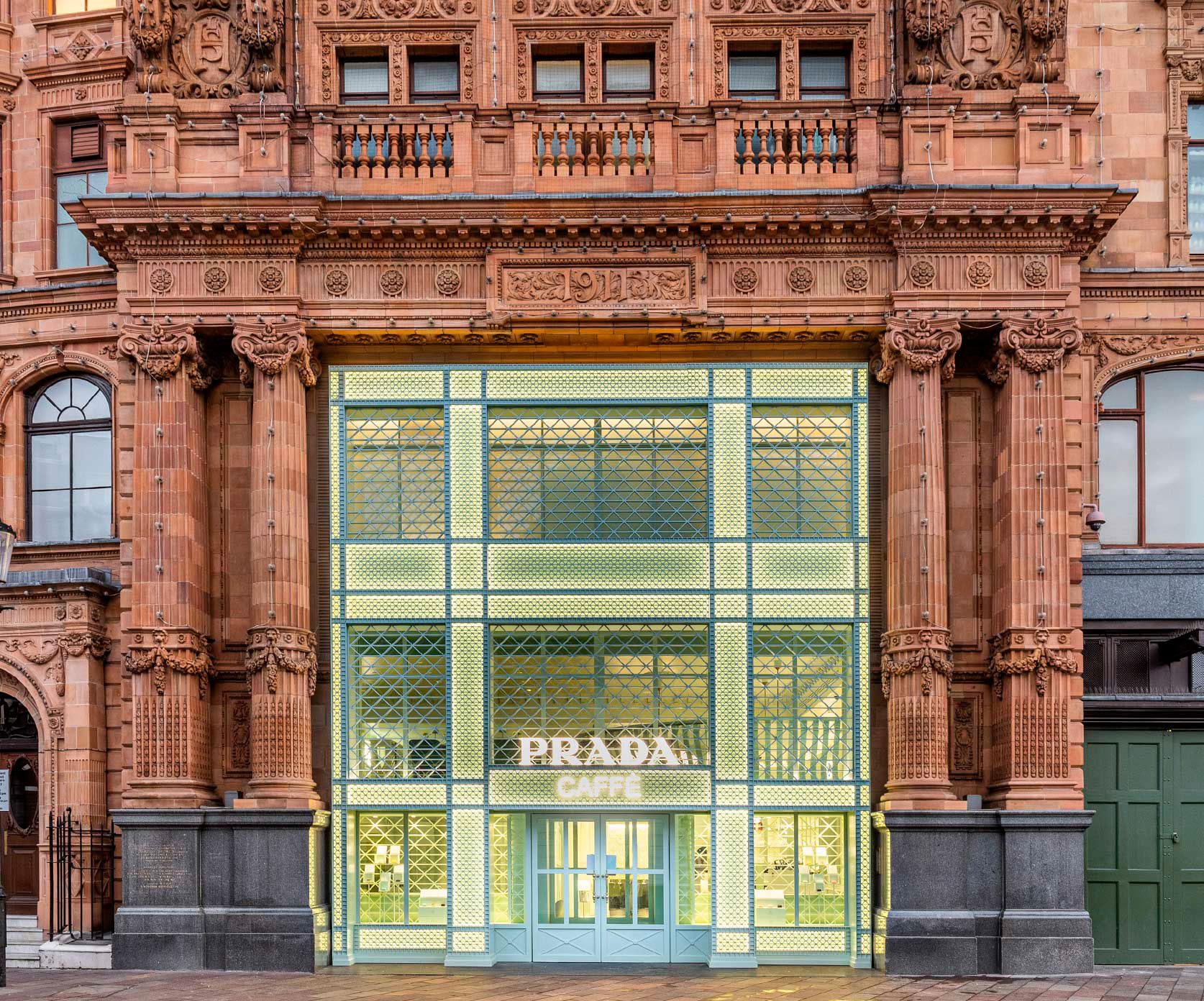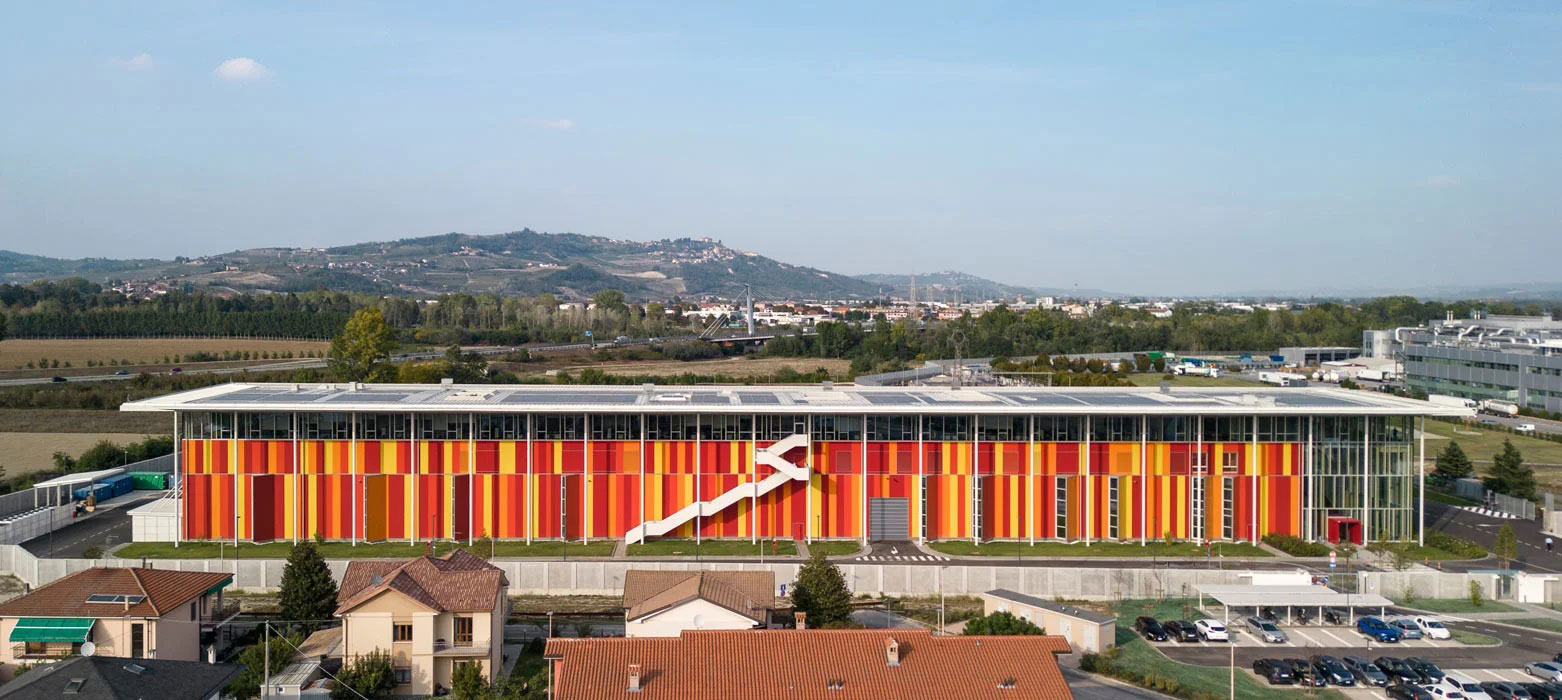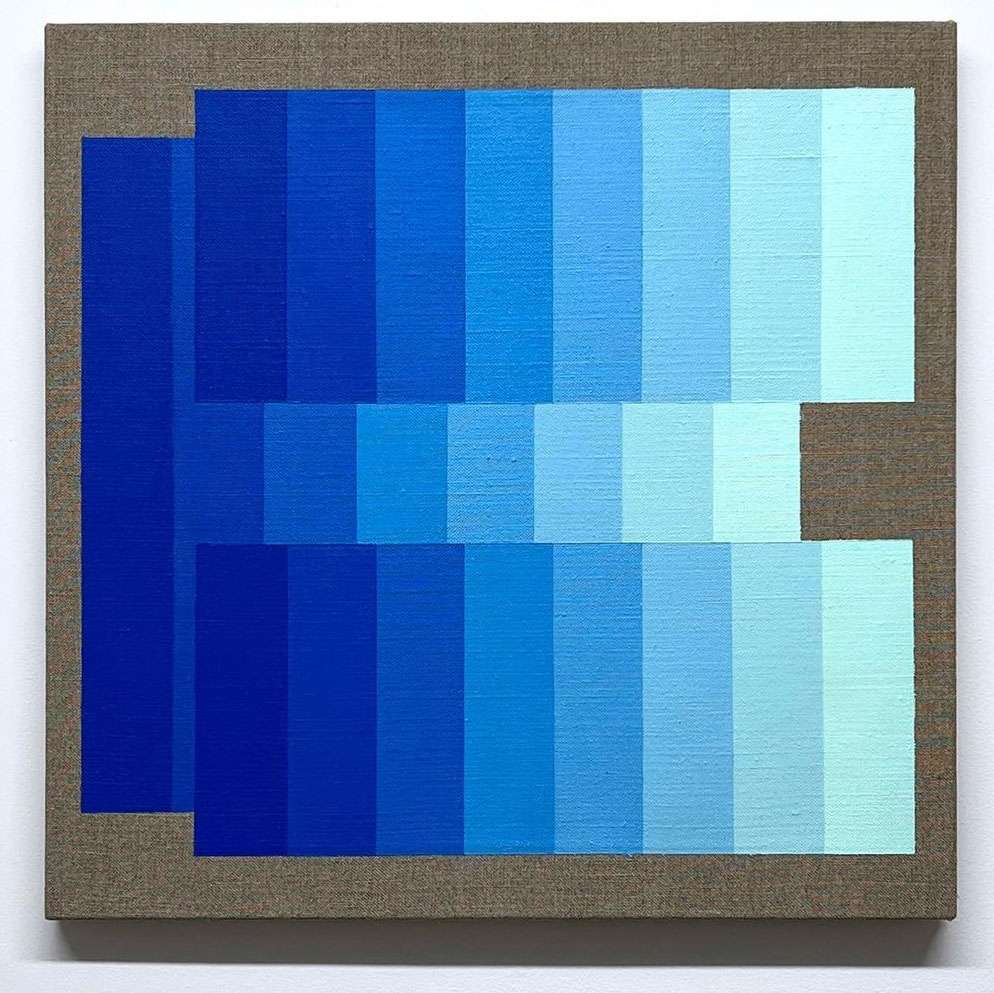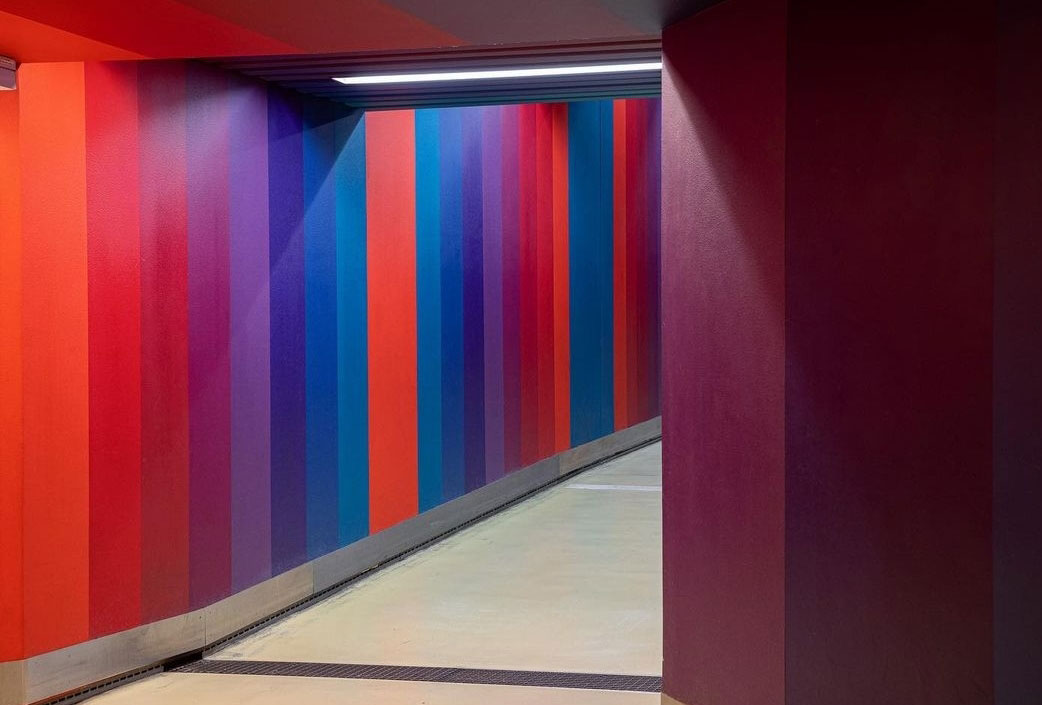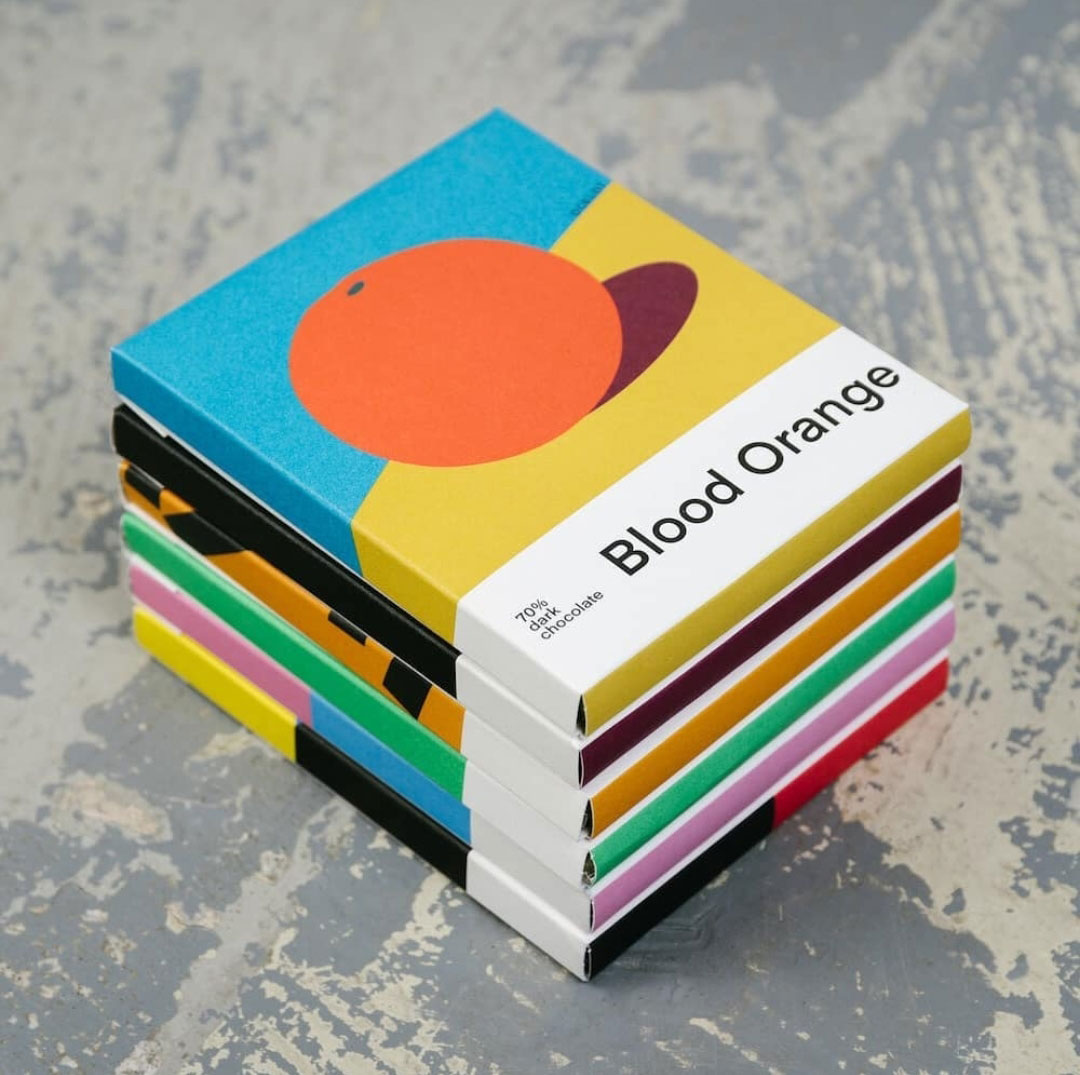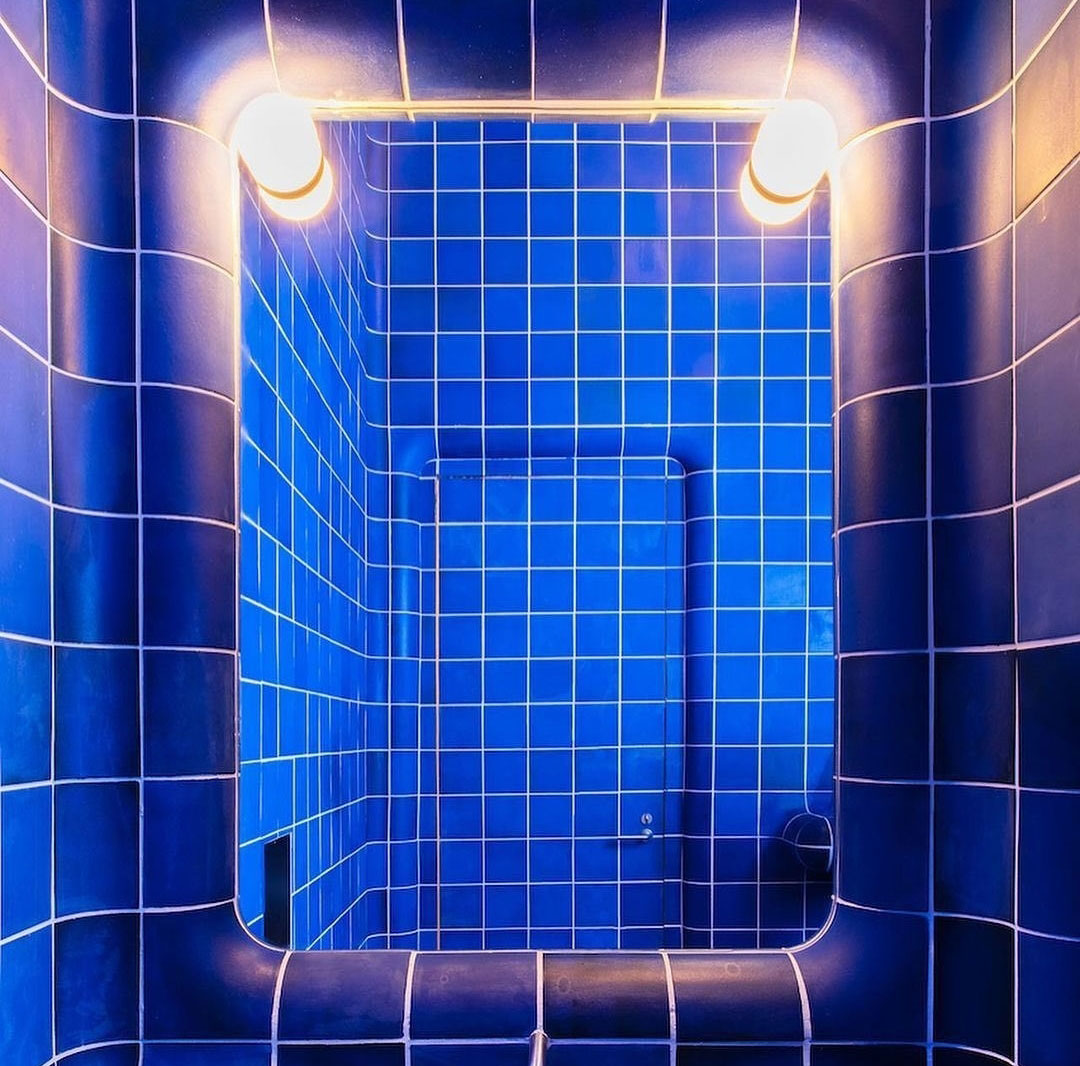NOTTI ELETTRICHE
HOTEL | LYON
La catena di hotel Meininger punta su un’accoglienza easy ed energizzante. Lo testimonia la recente apertura della struttura omonima a Lione, che punta a un’offerta variegata e soprattutto accessibile a un pubblico ampio… chiaramente senza abbassare la performance degli ambienti destinati all’ospitalità.
Le suite, con un numero di letti assai variabile, sono caratterizzate da un denominatore cromatico ben preciso: il giallo. Esso è presente in due tonalità: dorato nella zona ingresso, che si sfrangia verso un volume di tonalità chiara; quest’ultima zona, vicina alle finestre, viene anche inondata dalla luce naturale. Sia sulle pareti che a soffitto, il cambio di colore è risolto con dei colpi di rullo grezzi, quasi a evocare l’effetto del non-finito.
Al pianterreno, nella zona ristorante, si ripropone la stessa palette, che però viene abbinata agli effetti luminosi del neon in tonalità fragola.
Electric nights – The Meininger hotel chain focuses on an easy and energizing welcome. Witness the recent opening of the structure of the same name in Lyon, which aims at a varied and above all accessible offer to a wide public… clearly without lowering the performance of the spaces intended for hospitality.
The suites, with a very variable number of beds, are characterized by a precise chromatic denominator: yellow. It is present in two shades: golden in the entrance area, which fringes towards a volume of light shades; this last area, close to the windows, is also flooded with natural light. Both on the walls and on the ceiling, the color change is resolved with rough strokes of the roller, as if to evoke the effect of the unfinished.
On the ground floor, in the restaurant area, the same palette is proposed again, which however is combined with the luminous effects of neon in strawberry tones.

